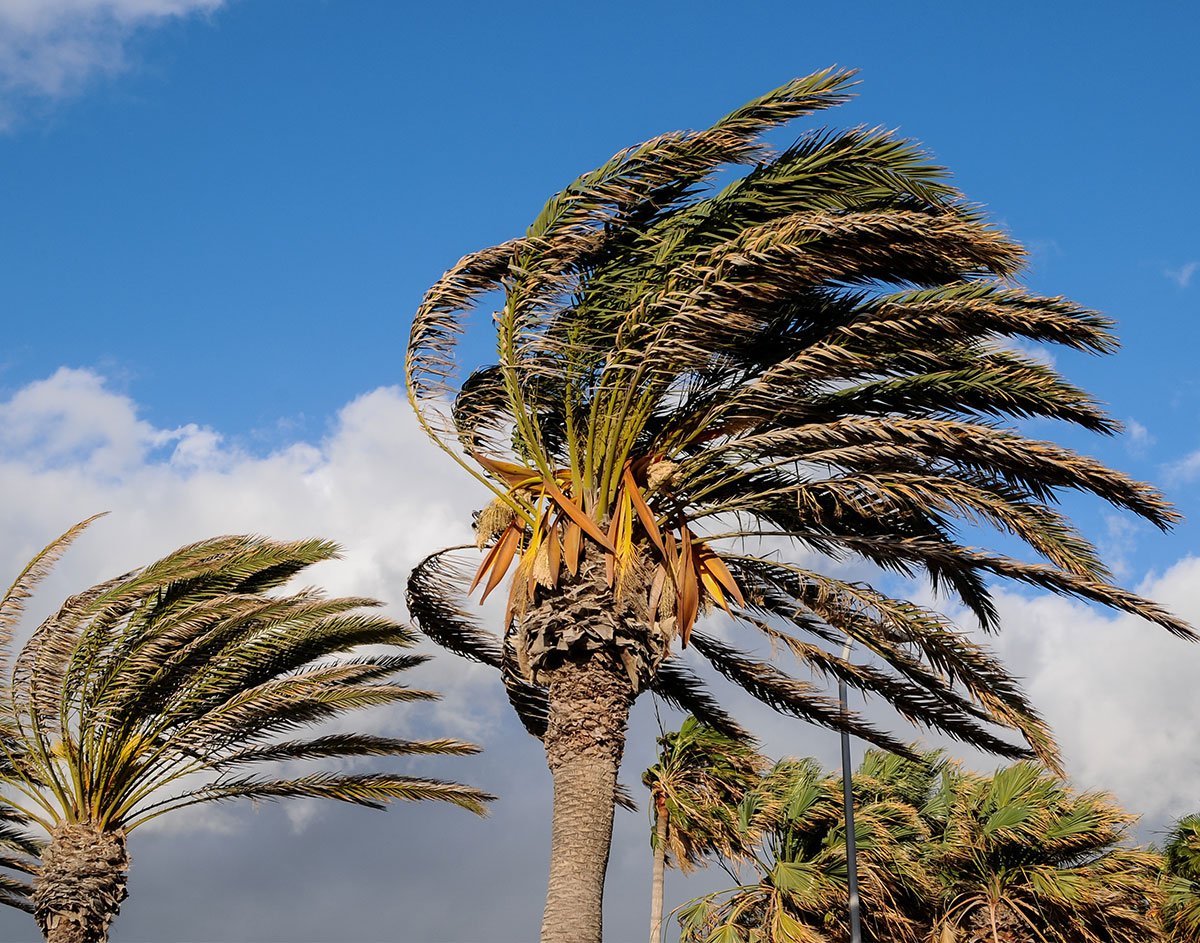 Whether there are hurricanes and tropical storms on the coasts, or tornadoes and damaging straight winds inland, high winds have the potential to inflict serious damage on buildings. And rooftop structures are particularly vulnerable to wind damage! As the interface between roof equipment and the building envelope, your roof supports are a critical element to consider in your precautions against high wind events.
Whether there are hurricanes and tropical storms on the coasts, or tornadoes and damaging straight winds inland, high winds have the potential to inflict serious damage on buildings. And rooftop structures are particularly vulnerable to wind damage! As the interface between roof equipment and the building envelope, your roof supports are a critical element to consider in your precautions against high wind events.
Let’s take a look at what you can do to protect your rooftop and roof supports both before and after windstorms:
Preparing for High Wind Events
Protecting your rooftop pipe and equipment supports from storms begins with proper pipe support design. It’s most important to calculate maximum anticipated wind velocity on the site, taking into account building height and gust factors. If you are responsible for designing a new system, be sure to follow any local codes and/or the ASCE 7-10 Building Standard for wind loading. If they are discrepant, follow the procedure, which recommends the highest loads.
When choosing roof supports, keep in mind that your design must either resist the wind force, or safely transfer the wind load to the building structure. If you are concerned about minimizing rooftop penetrations, this is best done by means of ballasting. Keep these tips in mind when ballasting your rooftop equipment:
- Check to be sure your building can support the additional weight of the ballast.
- Choose support systems with the proper rating to handle the additional ballast weight as well as the equipment weight. You may need to space them closer together than you would with unballasted equipment.
- Use roof pads under contact points in order to avoid damage to the roof membrane.
- If you use adhesive to secure the roof pads, check that it is compatible with your roof surface material.
- Be sure roof supports are level and maintain appropriate contact with roof surface.
- Distribute ballast weights uniformly around the mount.
Sometimes it is necessary to anchor systems with cable ties or straps. This may require rooftop penetrations. Here are some things to keep in mind when securing rooftop equipment:
- When screwing down straps, avoid using a single screw. Two, three, or more screws at each point will provide a much more secure anchor.
- Use hot dipped galvanized or non-ferrous hardware to avoid failure due to corrosion.
- Be sure to properly flash and seal any rooftop penetrations.
Inspecting Your Rooftop Equipment Supports After the Storm
After any high wind event it is essential to inspect your roof supports and replace or repair any damaged elements. First, remove any debris left by the storm. Then, check for broken, cracked or missing supports and replace as necessary. Check to be sure the supports are still appropriately spaced and seated correctly on the roof surface, and that they are still holding the pipes or equipment level and secure. Inspect any ballast for damage or dislodgement, and correct any deficiencies. Finally, check any tie-downs or anchors to be sure they are still secure and free of corrosion.
Inclement weather is unavoidable, but with proper pipe support design and precautions you can minimize damage to your rooftop equipment. We highly recommend partnering with a qualified professional such as a Professional Engineer (PE) familiar with wind load requirements in your area. With an approved storm prevention plan in place and twice yearly inspections to be sure your equipment remains in top shape, your building will be in great shape to weather any storm!





